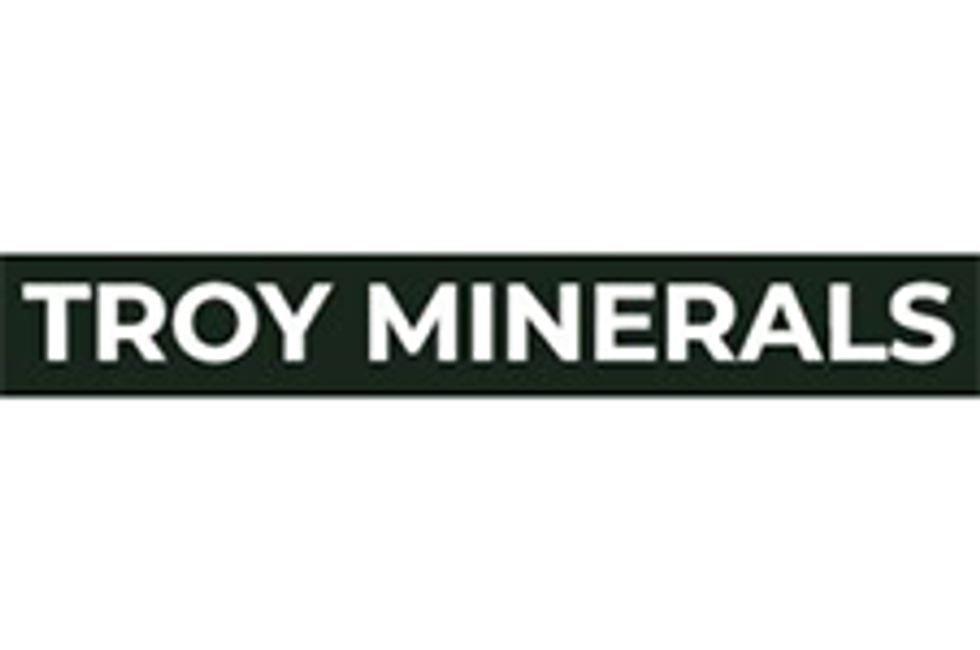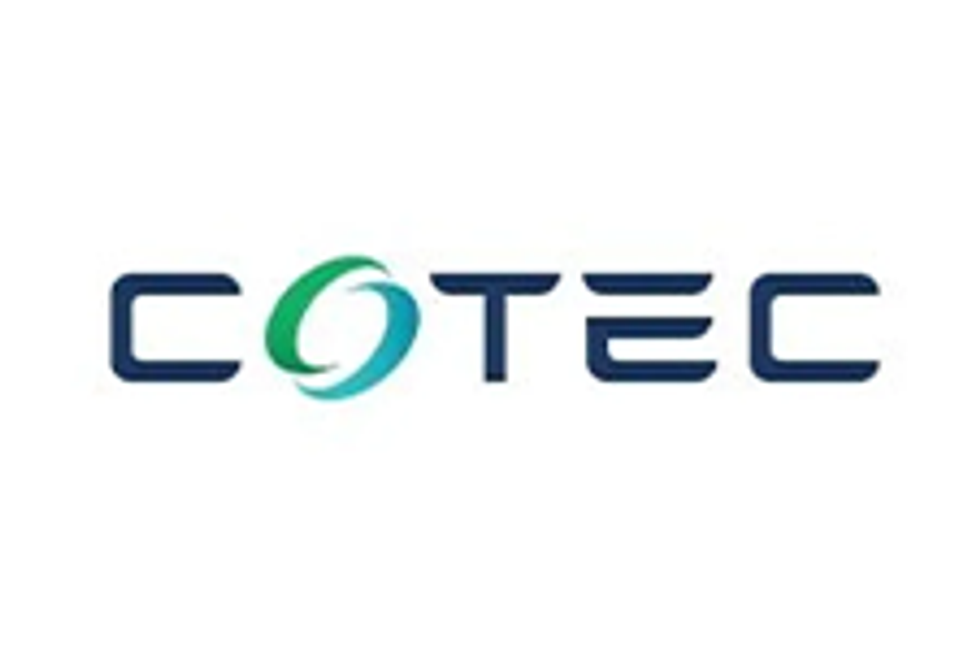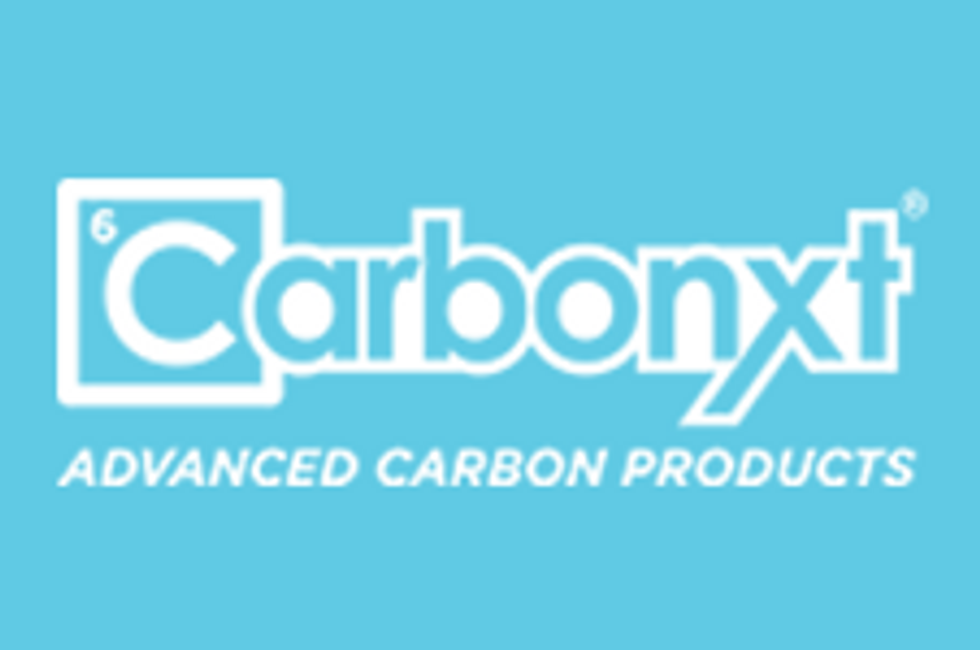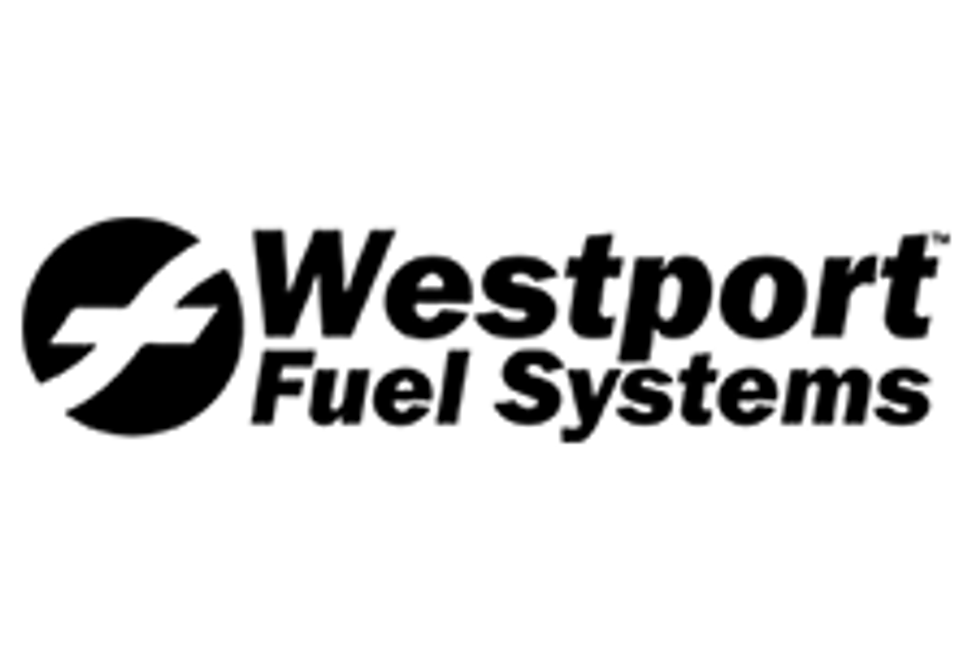Acceleware (TSXV:AXE), cleantech company focused on the oil and gas industry announced second quarter revenues of C$213,000, dropping by 39 percent compared to the same time last year. Its radio frequency heating technology, a cleaner solution to oil and bitumen extraction is currently undergoing five patent applications, in addition to research and development investments from …
Acceleware (TSXV:AXE), cleantech company focused on the oil and gas industry announced second quarter revenues of C$213,000, dropping by 39 percent compared to the same time last year. Its radio frequency heating technology, a cleaner solution to oil and bitumen extraction is currently undergoing five patent applications, in addition to research and development investments from the company.
As quoted in the press release:
Q2 2019 FINANCIAL AND OPERATING SUMMARY HIGHLIGHTS
Throughout Q2 2019, Acceleware continued to make progress in the development of its patented and patent-pending RF XL heating technology. The Company advanced plans for the commercial-scale RF XL field test in northeast Alberta, made significant progress on an additional five patent applications, and further invested in research and development for the innovative RF XL technology.
During Q2 2019, Acceleware recognized revenue of $213,475 attributable largely to the Company’s HPC business segment, which was 39% lower than the $350,098 recognized during Q2 2018. The Company discontinued its HPC software reseller model in Q1 2019 and started selling seismic software directly to oil and gas customers while leveraging innovative new licensing models. This direct-sale approach is expected to result in fewer individual software license sales but higher revenue per sale, which may lead to greater volatility in revenue from quarter-to-quarter.
Operating loss in Q2 2019 improved 31% to $445,253 compared to $645,643 in Q2 2018 primarily due to higher government R&D funding assistance for RF heating development, which also contributed to a 30% improvement in total comprehensive loss, which was $453,145 and $645,911 over the same respective periods.





